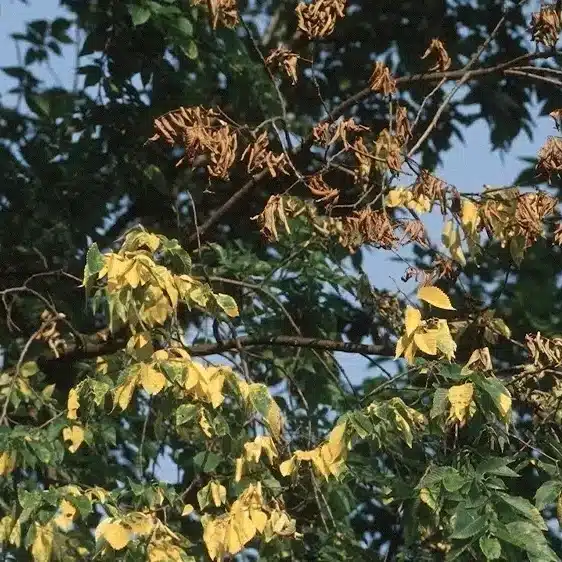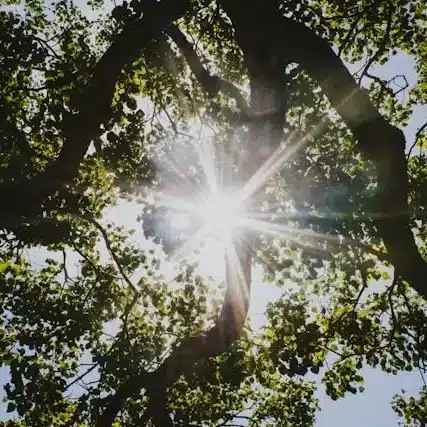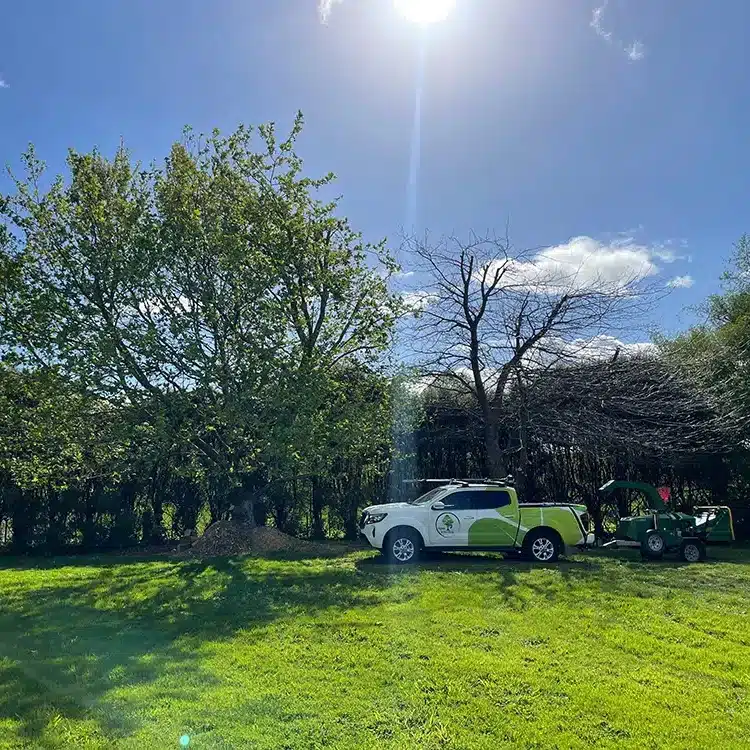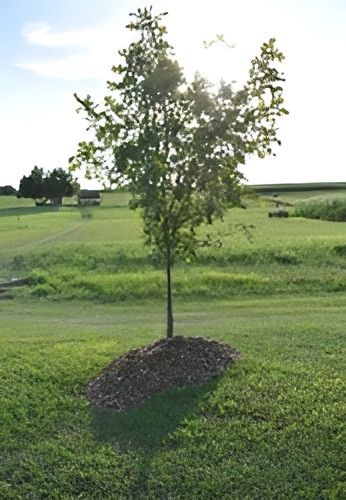
Why Prune Your Trees
One of the main reasons to prune young trees is structural pruning. Structural pruning aims to develop more stable trees that live longer and therefore lower the risk the tree will fall over or cause damage as it matures. Growth defects usually develop at an early age and become worse as a tree grows. It’s important to prioritise structural pruning while the tree is still young because it helps to correct any problems before they become too severe. This is usually done by making small cuts while the tree is young, which creates less damage than pruning larger branches once the tree matures. Once a tree has grown and is more mature, heavy corrective pruning can cause severe stress to your tree. In addition to structural pruning, the following tasks are also important when it comes to pruning young trees:- Removing broken, dead, dying, or diseased branches.
- Creating clearance for vehicles or pedestrians.
- Thinning large, heavy branches.
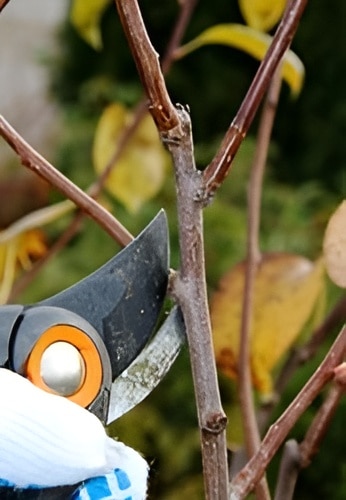
Benefits of Pruning Young Trees
Pruning is also a great way to ensure that your tree has adequate air circulation within its canopy. This helps to promote healthy growth and reduces the chance of disease and pests.
You should only prune newly planted trees to remove broken, dead, dying or diseased branches. Young trees should be structurally pruned once established in the ground, which usually takes three to five years after planting.
The tree’s leaves are essential for its health because they create the energy your tree lives off. Therefore, when pruning a young tree, no more than a quarter of the tree canopy should be removed in any one year. Pruning any more of the canopy than this can reduce the tree’s ability to produce its own food, which can cause stress, lower growth, and potentially lead to your tree dying.
When to Prune Young Trees
Generally, the best time to prune young trees is in late autumn, throughout the winter or early spring. Pruning during this time has several benefits, including:
- cooler temperatures that limit the spread of disease
- giving trees a head start on healing wounds before spring growth begins
- making structural pruning decisions is more manageable when branches are visible without leaves and,
- pruning before animals begin to raise their young decreases the possibility of upsetting local wildlife.



